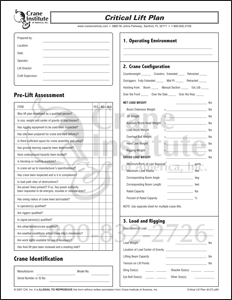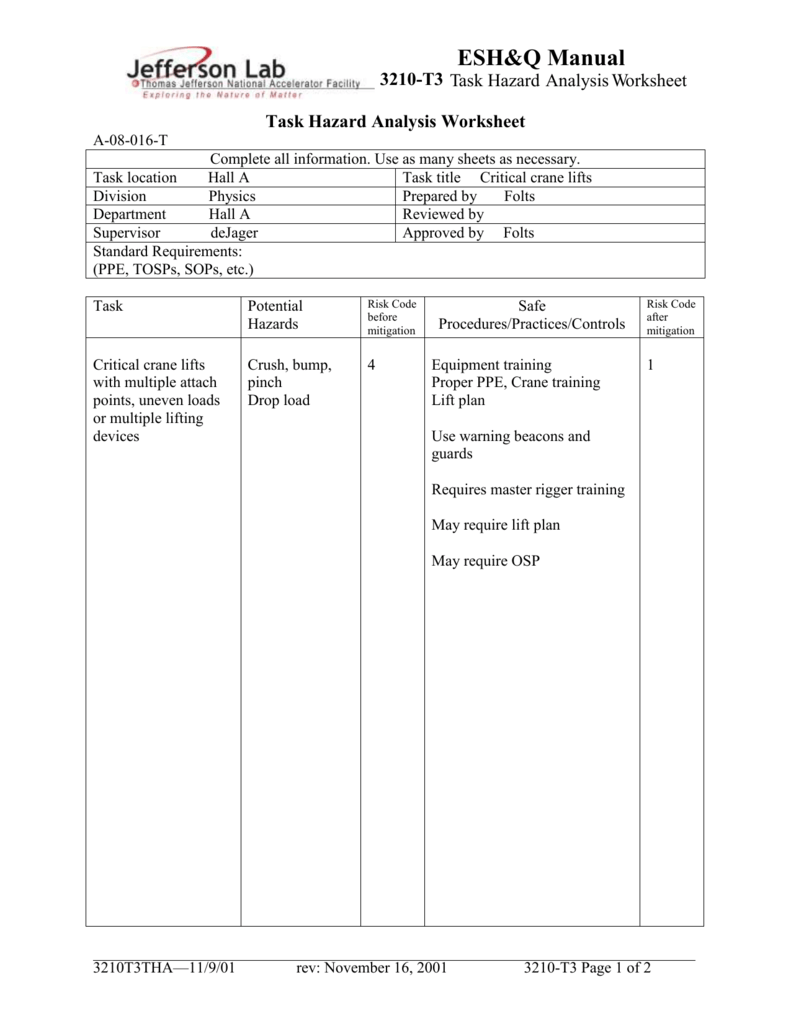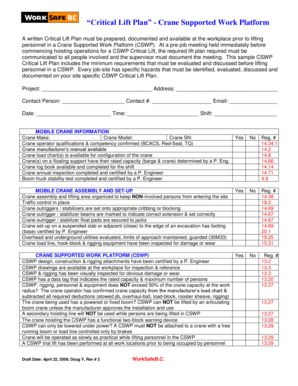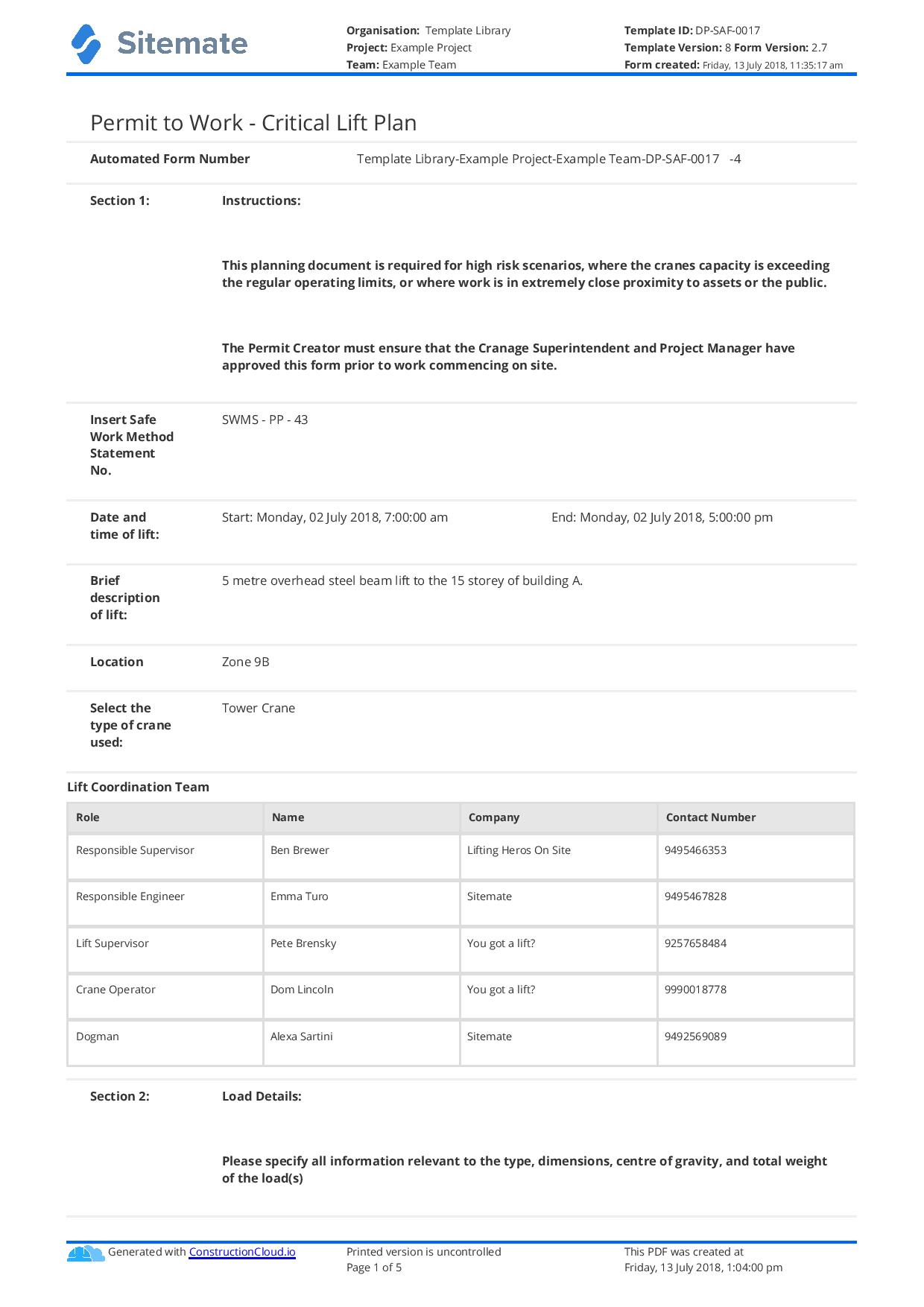

It is key that all field personnel completing the work be involved in the plan (ie pre-lift meeting). This is often done thru a critical lift form. Ref: Alberta OH&S 2009ĩ Sample Lift Calculation from Alberta OH&S for Mobile Cranesġ0 Sample Lift Calculation from Alberta OH&S for Overhead Cranesġ1 Critical Lift Plan Critical lift plans should be prepared by the personnel completing the work, this includes the supervisor, crane operator, or rigger. This is one important component of the critical lift plan. It is now law in Alberta to produce lift calculations for loads exceeding 75%. Ref:Ĩ The Law in Alberta See excerpt below from the Alberta OH&S (2009) Code. End users have different criteria for a critical lift and therefore we need to be flexible in the definition, although there is often common ground when defining. Lifting personnel with a crane (ie manbasket). Lifts where the load is transferred between cranes (ie tailing a vessel to vertical). Lifts where the load cannot be seen by the operator (blind lift). Lifting equipment that is irreplaceable, monetary value is high, or hazardous.

Lifts with difficult rigging arrangements. Lifts over a defined percentage of crane capacity, often 75%. Lifts with potentially unstable loads (ie offset center of gravity, uneven lift points). Lifts where ground is poor and potentially unstable.

Lifts in congested areas where power lines, structures, and obstructions are present. This session will address components that should be included in lift plans and the advantages to critical lift planning. There are several reasons that lifts are categorized as critical and one method to mitigate risk is through the use of an engineered lift plans. In 2007, I co-founded 2H Engineering, a firm specializing in engineered rigging, lifting, and transportation plans.Ĥ Introduction This presentation will identify some common criteria for defining a critical lift. Since that time I have worked as a Rigging and Transportation Engineer servicing the heavy lift and heavy haul industry in Western Canada. Eng.īegan my career in the lifting industry in 1994 as a draftsman and returned to school to graduate from the University of Alberta as a Civil Engineer in 1999.

1 CRITICAL LIFTS Crane & Rigging Conference Edmonton, AB


 0 kommentar(er)
0 kommentar(er)
